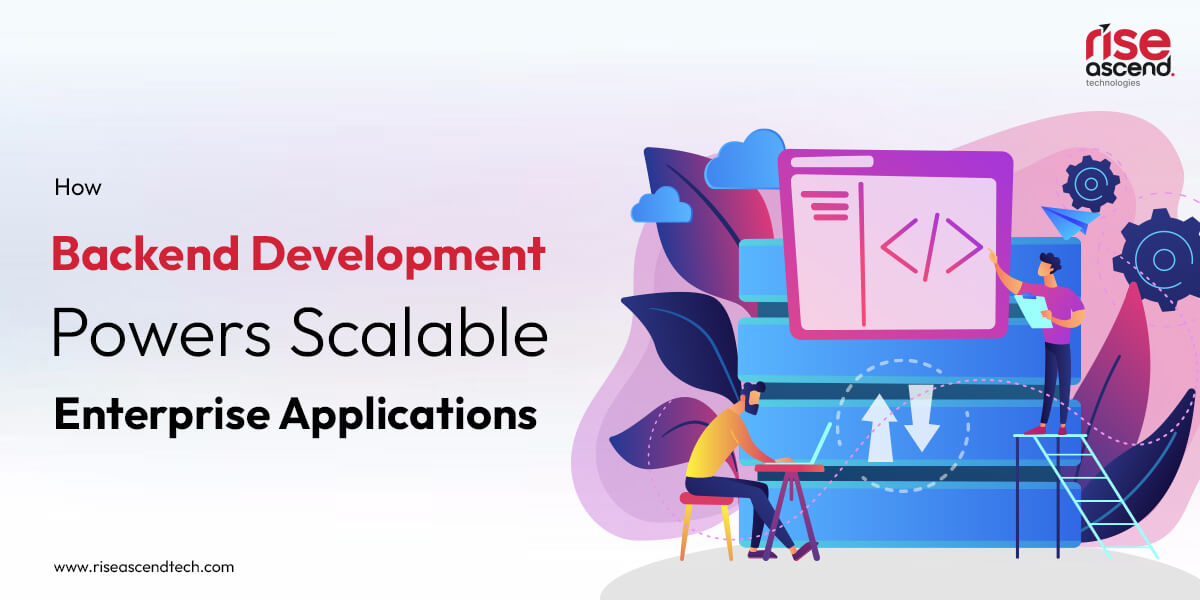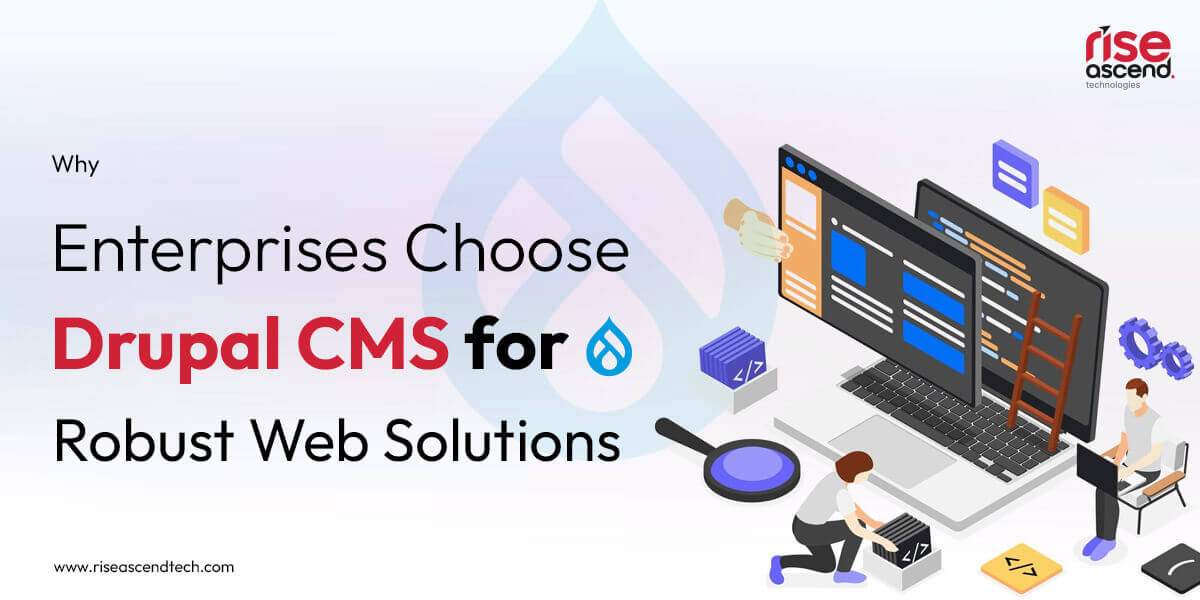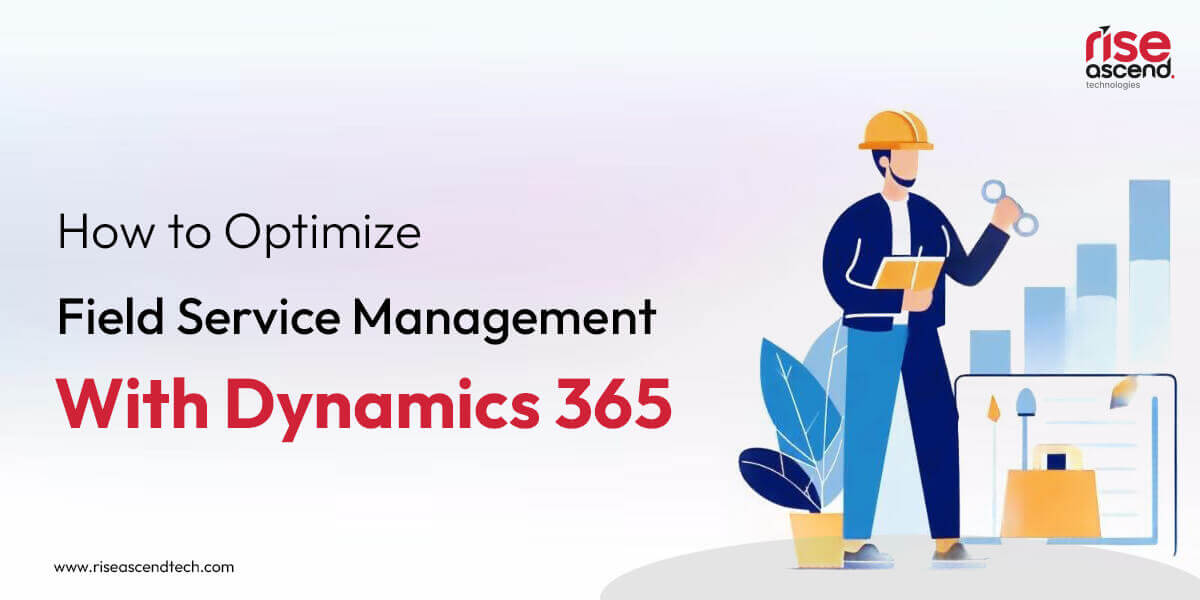Most business owners focus on what users see on screen — the layout, colors, and buttons. But behind every smooth app lies the real powerhouse: the backend. Backend development is what lets software grow with your business. It ensures speed, stability, and the ability to handle more users and data over time. Without it, even the best-looking apps can break under pressure. In this article, we explain backend development in simple terms and show how it supports scalable enterprise applications. From inventory tools to ERP systems, backend is what keeps everything running smoothly.
What Is Backend Development?
Backend development is the behind-the-scenes part of software. You cannot see it, but it keeps everything running. It includes servers, databases, business logic and APIs.
The backend stores data, follows system rules, and talks to other software. It is what powers your app’s real function. When users click, the backend does the actual work.
A good backend makes things load quickly and work without errors. A weak one causes delays and frustration. Strong backend development supports smooth daily operations.
Why Strong Backend Development Matters for Enterprise Systems
Your backend controls whether your software works well as your business grows. It handles speed, security, integrations, and scale. Without it, the system can fall apart.
Let us break down four core areas where backend strength matters most. Each has a direct effect on performance and business success. These areas make or break your tech system.
A strong backend allows your business to stay fast, secure, and connected. It ensures smooth user experience and stable growth. Now let us look at each in more detail.
Performance and Speed
- The backend decides how fast data loads.
- If 500 users try to access reports at once, a strong backend handles it.
- A weak backend slows down or crashes.
Security and Access Control
- The backend checks who is logging in and what they are allowed to see or do.
- It protects sensitive data like invoices, salaries, and approvals.
Integration with Other Tools
- Your software often needs to “talk” to other systems like SAP, Dynamics, payment apps, or CRMs.
- Backend handles this connection so everything works together smoothly.
Scalability
- As your team, customers, or data grow, your system must grow too.
- A scalable backend can handle new locations, products, or users without breaking.
In short, the backend is your foundation. Without it, your entire system is at risk — no matter how pretty the frontend looks.
What Happens When Backend Is Not Scalable?
A popular app sounds great — more users, more sales, more growth. But if your backend cannot handle it, things fall apart fast. That success can quickly turn into stress.
Delays, data mistakes, and crashes begin to pile up. Customers and employees get frustrated. Business leaders start to lose trust in the system.
A poor backend leads to bad decisions and higher costs. It often means rebuilding the entire platform from scratch. That is why scalable backend design is key from the start.
What Is the Modern Tech Stack Behind Backend Development?
You do not need to know all the coding details. But it helps to understand what your developers use. A good tech stack saves time, money, and future problems.
Popular tools include Node.js, Django, and .NET for logic. Databases like MySQL and MongoDB store your data. Cloud services like AWS or Azure host your app safely.
Think of this like picking the right materials to build a house. The right tools help your backend stay strong and ready to grow. Ask your tech partner about their choices.
Use Case – Building a Better Inventory App
A wholesale business made a simple inventory tool. It worked well for one location. But as they grew, problems started showing up fast.
Stock updates were slow. Reports took too long to load. It could not connect properly with accounting tools.
They rebuilt the backend with scalable tools. Now data syncs across cities, reports load instantly, and finance links work perfectly. Business decisions are quicker and more accurate.
Business Benefits of a Strong Backend
A strong backend is a smart investment. It avoids problems and helps your system last longer. Businesses save time, cut costs, and improve user trust.
You can add features faster with modular backend logic. Dashboards show real-time updates. Everything works together without breaking.
The backend helps your team move faster and make better decisions. It keeps your business future-ready and efficient. Let us now see how to build one properly.
Step-by-Step Guide on How to Build a Smart Backend
You do not have to do this yourself. But your tech partner should follow these clear steps. This ensures your backend is designed to last and grow.
- Understand your business goals (sales, inventory, reporting)
- Map your key workflows (e.g., order to invoice, lead to sale)
- List all users and roles (who sees what)
- Plan for data storage and security
- Choose the right tech stack (with help from your tech team)
- Integrate with tools you already use (like SAP, QuickBooks)
- Test for speed, load, and reliability
These steps create a stable backend that supports your business today and tomorrow. A good process means fewer rebuilds and smoother daily work.
Application Use Cases Where Strong Backend Makes a Huge Difference
The power of backend development becomes real when we look at how businesses use it. These examples show how the right backend can solve big problems. They also prove that backend upgrades are not just technical fixes — they are business game changers.
Retail Chain
Upgraded their backend to connect POS systems across all stores. Real-time inventory and faster billing followed.
Healthcare App
Secured patient data with backend controls. Doctors could log in safely and access records instantly.
Logistics Firm
Integrated GPS tracking, order updates, and billing into one backend — cut delivery delays in half.
Food Delivery Startup
Started with a basic backend that crashed on weekends. After upgrade, handled 10x more orders without hiccups.
B2B Manufacturing Company
Built a custom ERP with strong backend logic. Their finance, inventory, and procurement now talk to each other automatically.
These stories show how backend development creates lasting value. Whether you are improving speed, safety, or scale, the right backend helps you move forward with confidence.
Build Once, Scale with Confidence
Scalable enterprise applications do not just happen — they are designed with a strong backend from the start. It is what turns software into a business asset that supports growth, change, and integration.
If you want tools that evolve with your goals, backend planning is key. It keeps your systems responsive, secure, and ready for anything the market throws at you. Want to explore how this fits your business?
Let RiseAscend help you design scalable, integration-ready systems that work now and grow later. Call 079 4917 1712 today for a quick consultation.





